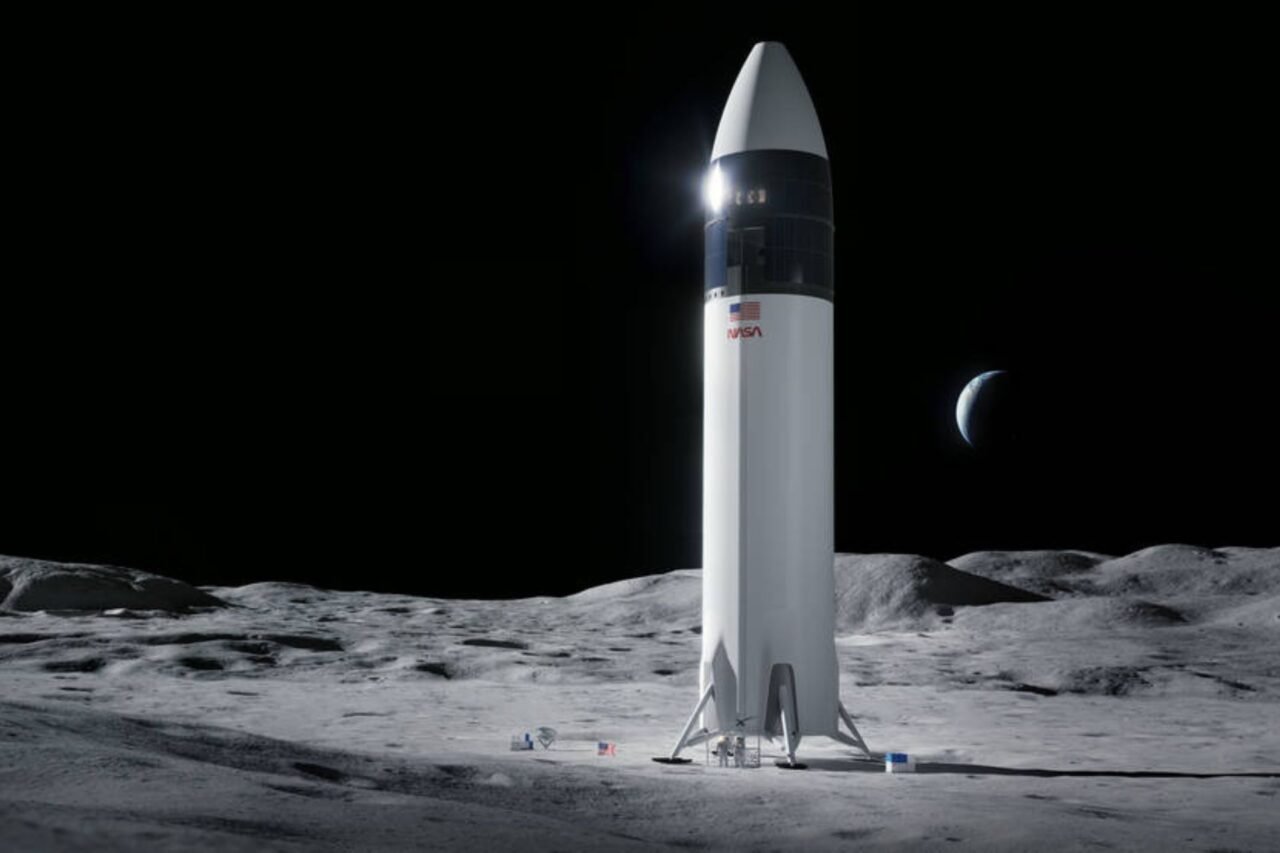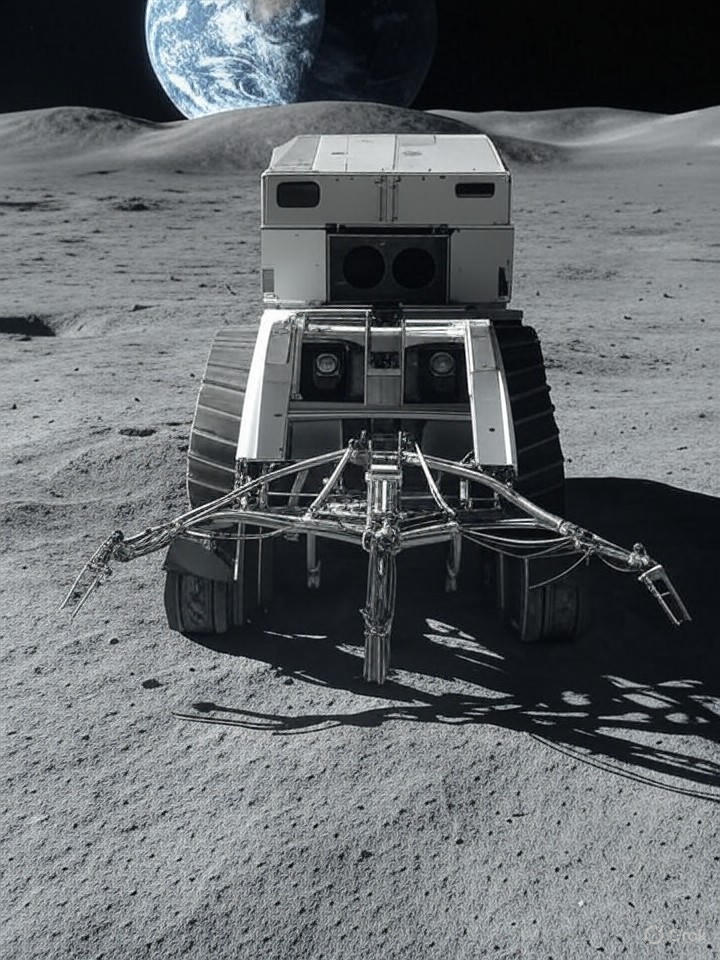The University of Hawaiʻi at Mānoa will take a significant role in a groundbreaking initiative known as **Sage Grande**, a $25.6 million project funded by the National Science Foundation (NSF). This initiative aims to integrate artificial intelligence (AI) into environmental monitoring to enhance responses to natural disasters such as wildfires, floods, and volcanic eruptions.
The Sage Grande project plans to deploy **300 advanced sensor systems** across the United States. These smart sensors will collect and analyze environmental data in real-time, allowing for quicker warnings and more informed decision-making. By processing information directly where it is gathered, the sensors will provide immediate updates on critical conditions, including smoke from fires and unusual volcanic activity.
Professor Jason Leigh, director of the Laboratory for Advanced Visualization and Applications at UH Mānoa, expressed that this project not only advances disaster preparedness but also offers students invaluable hands-on experience with cutting-edge AI technology. “By joining Sage Grande, UH is not only advancing disaster preparedness and environmental science, but also giving our students hands-on experience with cutting-edge AI,” he stated.
The UH team, which includes researchers Chris Shuler, Han Tseng, Anke Kügler, and Tom Giambelluca from the Water Resources Research Center, plans to deploy **two to three sensors in Hawaiʻi** next year. The specific locations for these installations are yet to be determined.
Building on Existing Technology
The University of Hawaiʻi has prior experience with similar technologies. At **Hawaiʻi Volcanoes National Park**, a current-generation Sage sensor has been utilized by students to analyze real-time data from **Kīlauea**, providing insights into volcanic activity. Their initial findings demonstrated how AI can answer critical questions, such as determining whether an eruption is imminent.
In addition, a similar sensor has been installed in **Lahaina**, on the island of Maui, which connects to the internet via satellite. This system is specifically designed to monitor air quality and fire risks in an area severely affected by the **2023 wildfires**. Funded by a separate NSF grant, the Lahaina project also collects climate and pollution data to aid recovery efforts and inform future planning.
Leigh emphasized the importance of community engagement in scientific endeavors, stating, “Oftentimes scientists—we’re so into our little scientific areas that we sometimes forget that we really have to do more to help the community and we have that power. We have the capability.” Local students are actively participating in these projects, gaining practical training in both environmental science and advanced AI technologies.
As the Sage Grande project unfolds, it positions the University of Hawaiʻi at Mānoa as a leader in innovative approaches to environmental monitoring, ensuring that communities are better prepared for natural disasters. The integration of AI technology into these efforts promises enhanced safety and responsiveness, ultimately benefiting both the local and broader communities.







